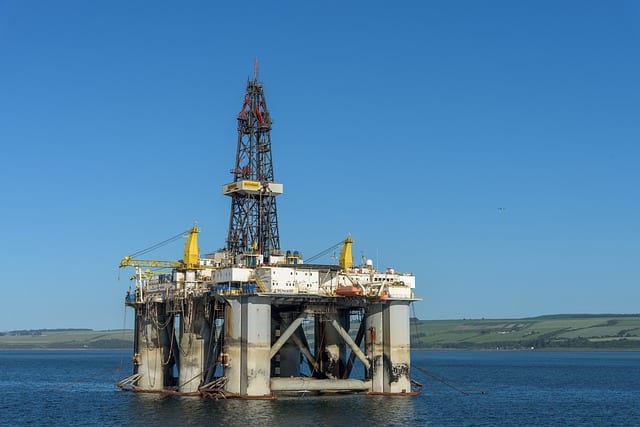
The continental shelf is the sector of the continent that is covered by the ocean before it becomes very deep.
The notion of platform can be used to name some type of support or the upper floor of something. Continental , for its part, refers to the continent (a unit of territory with certain characteristics that allow it to differentiate itself from others of lower rank).
This allows us to understand what a continental shelf is. It is that surface located under the sea and located near the coast , which extends from the coast to those depths that do not exceed two hundred meters.
Continental shelf reaches
It can be said, therefore, that the continental shelf is the part of the continent that is covered by the ocean before it reaches great depth. It originates on the coast and ends when it reaches the continental barrier .
From this barrier onwards, the continental shelf ceases to exist and the ocean floor becomes known as the continental slope (or oceanic slope ). Finally, behind the slope, there is the continental elevation that is linked in the abyssal plain to the deep sea floor.
The subsoil and bed of the continental shelf, together with the slope and the rise of the continent, form the continental margin . It is important to note that, on the other hand, the deep ocean floor, its subsoil and the ridges are not included in this margin.

Beneath the continental shelf there are usually oil or gas reserves.
Some features
Among the main hallmarks that determine the characteristics of the continental shelf we find, for example, the temperatures of its waters. These can undergo quite notable variations based on their location. Thus, while in the polar areas due to the salinity of the water we can speak of 0º, in areas such as the Persian Gulf there are temperatures of up to 35º.
Variations in water level, due to tides, also determine what the continental shelf is. Specifically, they affect the different organisms that inhabit it, who can be harmed by dehydration or even suffocation.
In the same way, we must not overlook the fact that both the aforementioned platform and the living beings that live on it will inevitably feel directly affected by the variations of other elements of great importance, such as the action of the waves, salinity, irradiation or oxygen, PH or carbon dioxide levels.
All of these variables must be made clear that they are more altered or modified to a greater extent the closer you are to the coast. On the other hand, those when they move away from this coastal area are altered less frequently, although they are also occasionally altered due to elements such as, for example, atmospheric currents or the so-called ocean currents.
Beyond the continental shelf
The outer limit between the continental shelf and the seabed is located at a distance of less than 350 nautical miles , counting from their baselines. These limits are important since the part of the sea that covers the continental shelf is where there is usually a greater amount of fishing resources.
Beneath the continental shelf, on the other hand, there are large reserves of gas and oil , which shows the economic importance of these platforms.
